The Henry Ford Archives: Race cars and artifacts from the “Driven to win: Dawn of Racing” exhibit
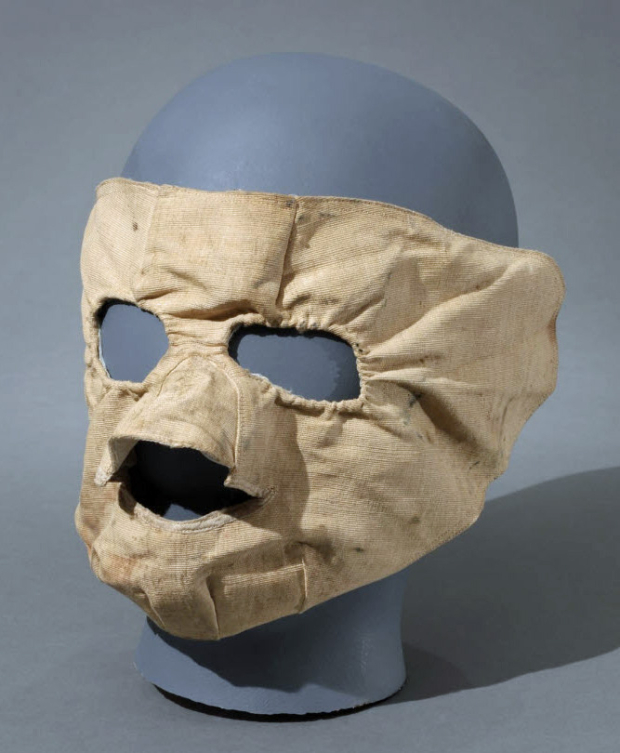
The Henry Ford has posted images and profiles of race cars and artifacts in their collection that were part of a recent "Dawn of Racing Exhibit."
Enjoy,
Howard Kroplick
Race Cars
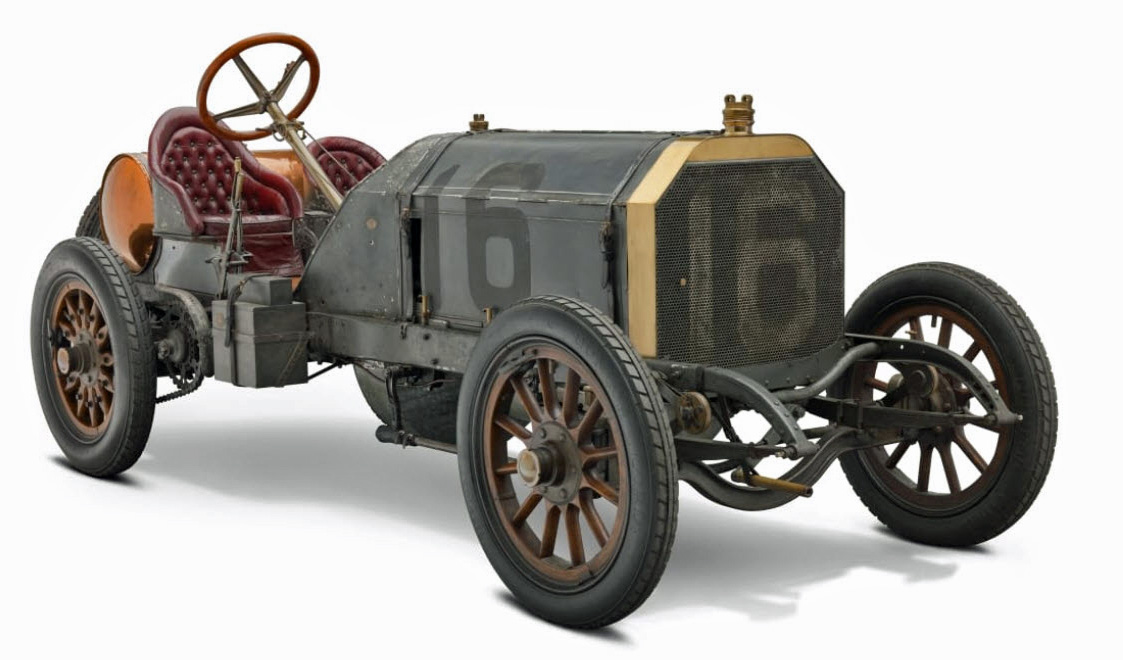
1906 Locomobile "Old 16" Race Car
Driving “Old 16” in the 1908 Vanderbilt Cup race, George Robertson scored the first victory by an American car in a major international auto race in the United States. At that time, the Vanderbilt Cup race was world-famous and highly prestigious, and “Old 16” became known as “the greatest American racing car.” In Driven to Win, you will learn about and see firsthand the expertise, craftsmanship and attention to detail that made this car a winner.
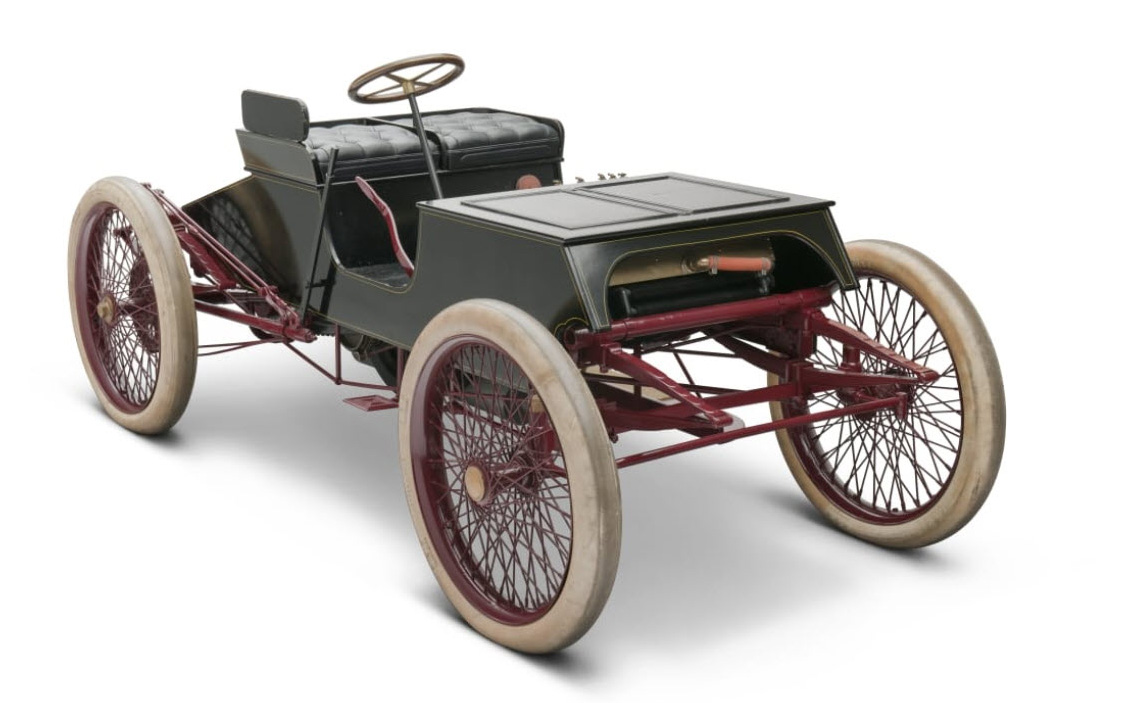
1901 Ford "Sweepstakes" Race Car
Henry Ford only ever drove one race, on October 10, 1901, and that was in the car they called “Sweepstakes.” He certainly was the underdog, but against all odds he won. In Driven to Win, you will discover the innovations that Ford developed for “Sweepstakes” that helped him achieve that remarkable victory. It gave a powerful boost to his reputation, brought in financial backing that helped launch Ford Motor Company, and a few years later, Ford Motor Company put America—and much of the world—on wheels with the Model T.
Artifacts
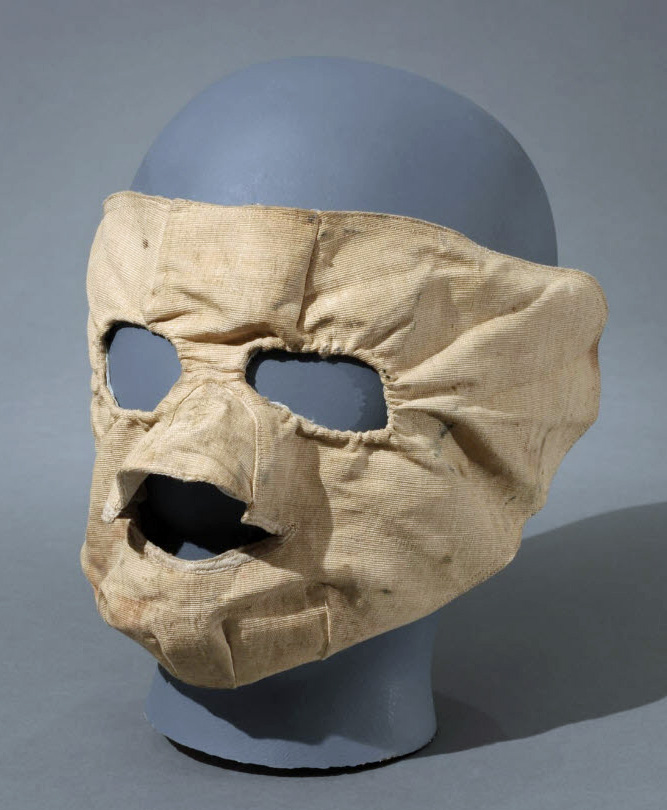
Automobile Racing Face Mask, circa 1905, Owned by Joe Tracy
Drivers racing in early open cars faced any number of dangers, including stones, dust and other debris thrown into their faces. Cloth masks like this one provided some protection, while leaving openings for the eyes, nostrils and mouth. This mask belonged to Joe Tracy, who drove the Locomobile race car "Old 16" in the 1906 Vanderbilt Cup race.
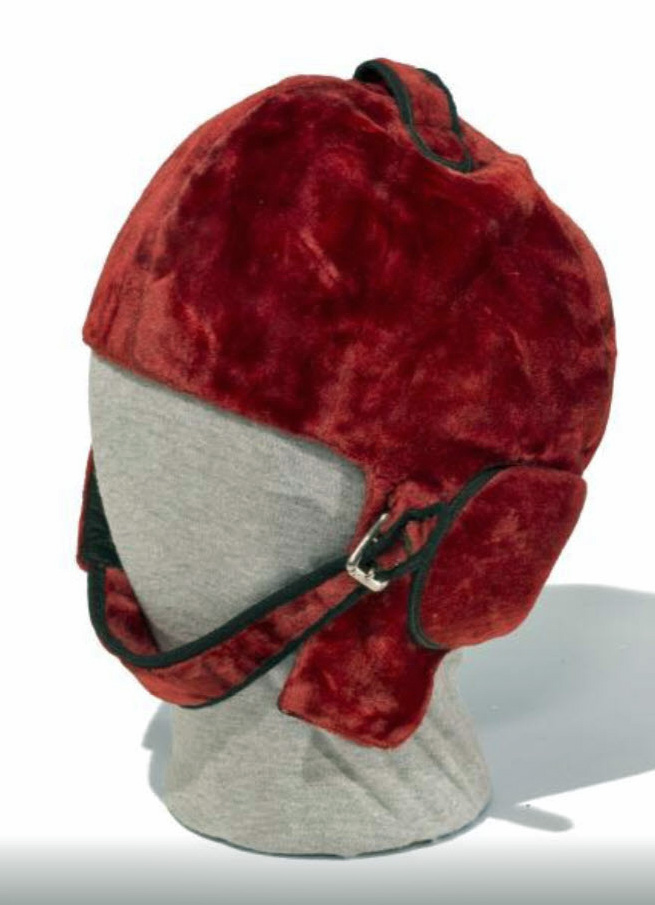
Helmet Used by George Robertson in 1908 Vanderbilt Cup Race
New York-born George Robertson wore this simple cloth cap when he won the Vanderbilt Cup in 1908. The cup, established in 1904, was the first important racing prize in the United States, and Robertson's car, "Old 16" built by Connecticut-based Locomobile, was the first American-made automobile to claim it.
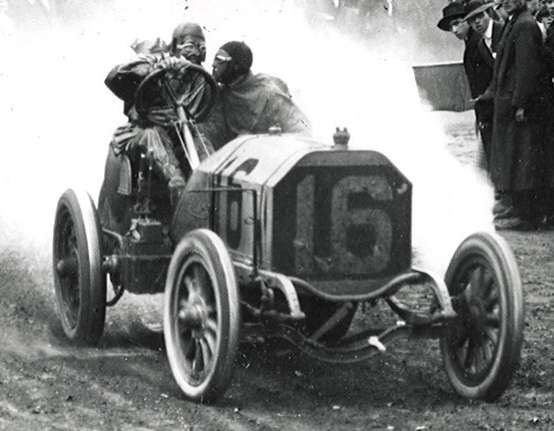
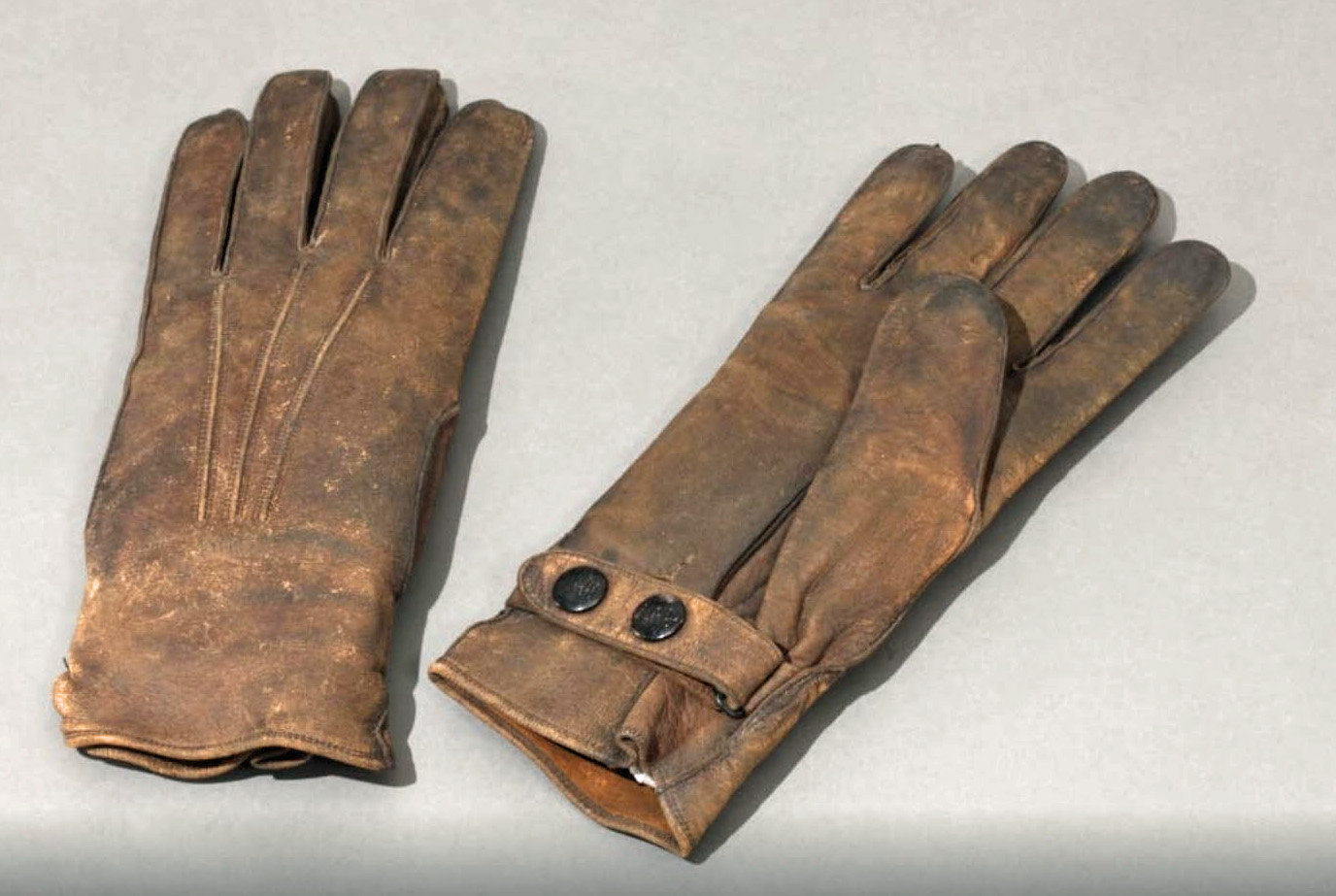
Early Automobile Racing Gloves, circa 1905, Owned by Joe Tracy
Early twentieth-century race car driver Joe Tracy owned this pair of driving gloves. Born in Ireland, Tracy immigrated to the United States in the late 1800s. He drove in the first five races of the Vanderbilt Cup (1904-1906) and represented the U.S. at the 1905 Gordon Bennett Race in France. Tracy ended his short racing career in 1906.
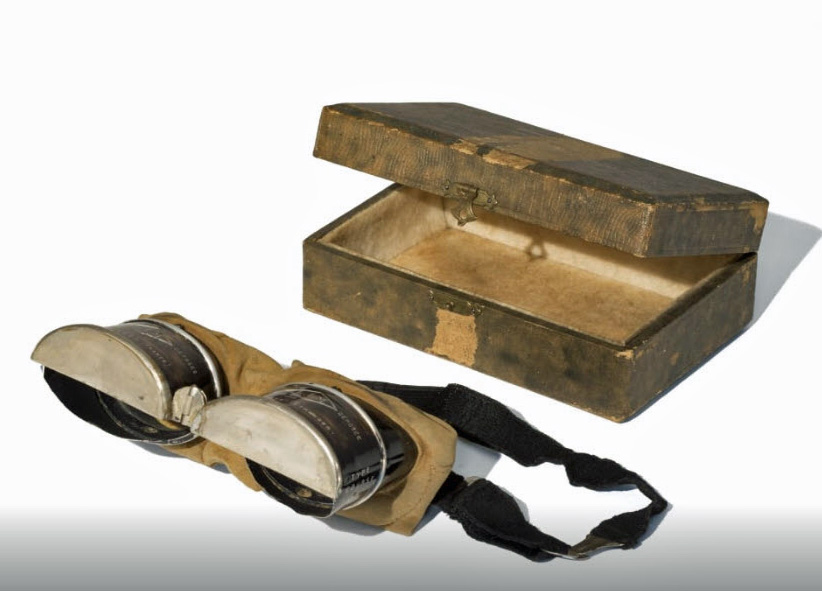
Automobile Racing Goggles, Used by Joe Tracy, circa 1905
Drivers racing in early open cars -- most without windshields -- faced particular dangers to their eyes. Dust, mud or oil could make it difficult to see the track, and flying stones might cause permanent injury. Goggles were essential equipment. These goggles belonged to Joe Tracy, who drove the Locomobile race car "Old 16" in the 1906 Vanderbilt Cup race.
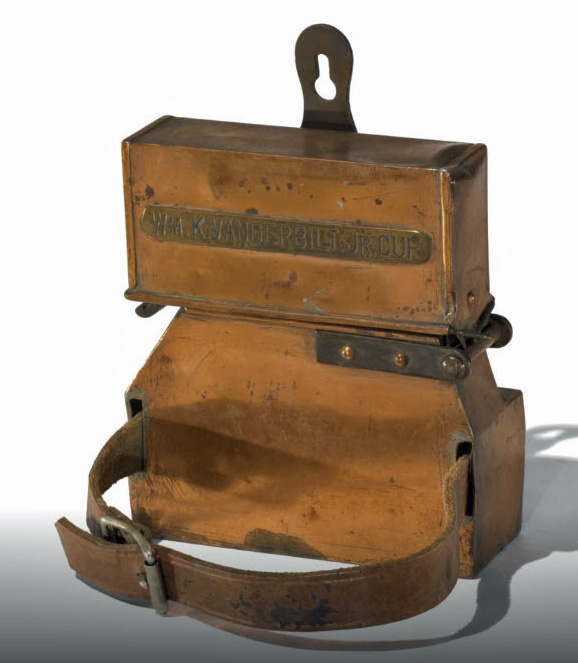
Drop Box Used during the 1904 Vanderbilt Cup Race
Every car in the 1904 Vanderbilt Cup race carried one of these boxes. Cars stopped at two control points during each lap. Officials recorded a car's control point entrance and exit times on papers dropped into the box. At the end of the race, "control time" was subtracted from elapsed time to determine a car's actual racing time.
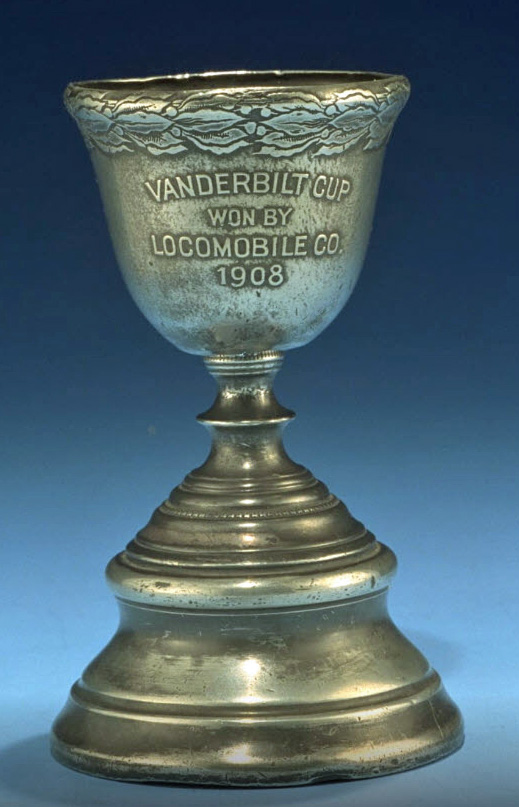
Paperweight Commemorating the 1908 Victory of the Locomobile Company at the Vanderbilt Cup Races
The Vanderbilt Cup, held from 1904 to 1916, was America's first internationally prominent automobile race. European-built cars dominated the competition until 1908, when Connecticut-built Locomobile "Old 16" won with driver George Robertson. The victory was a milestone for America's automotive industry, proving that cars manufactured in the United States were every bit as good as their foreign rivals






Comments